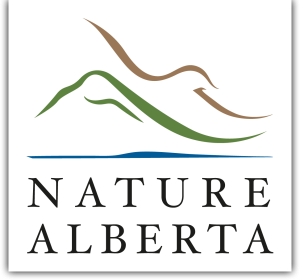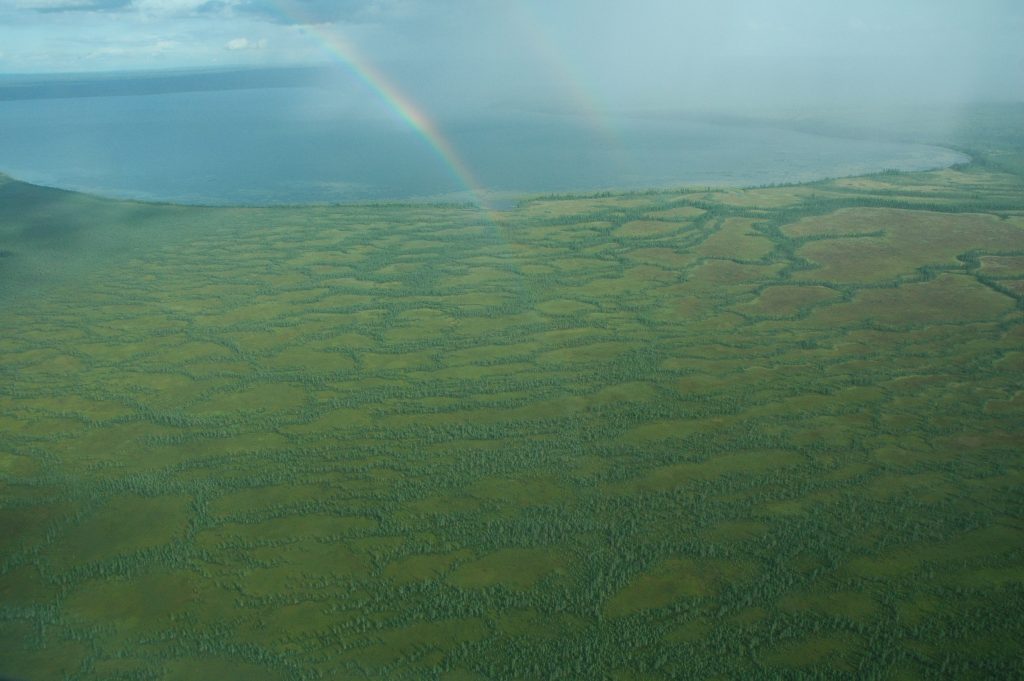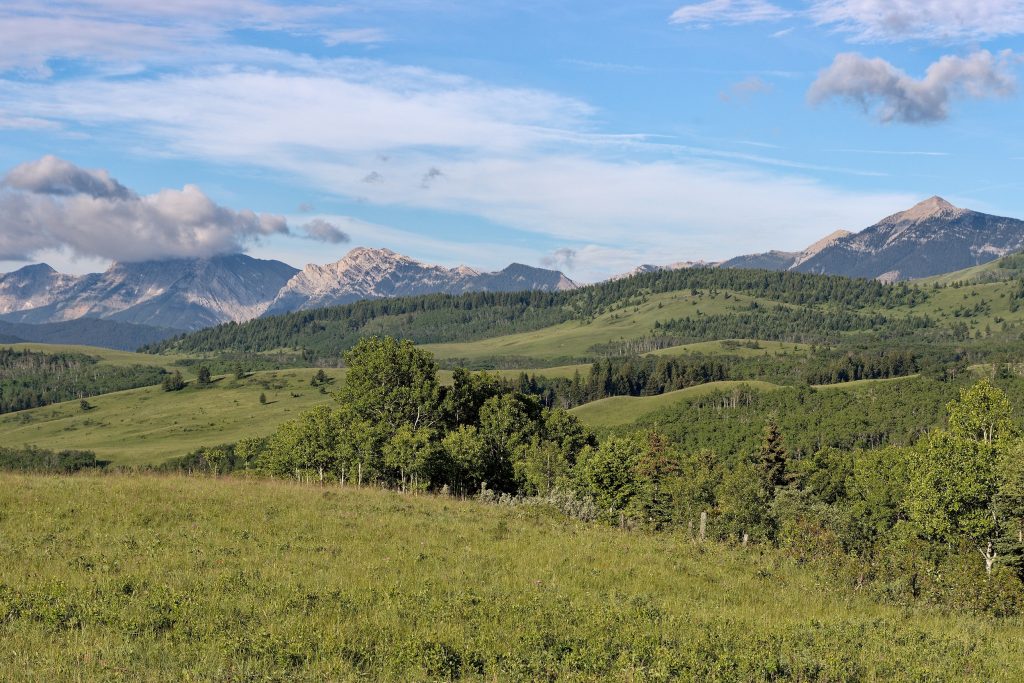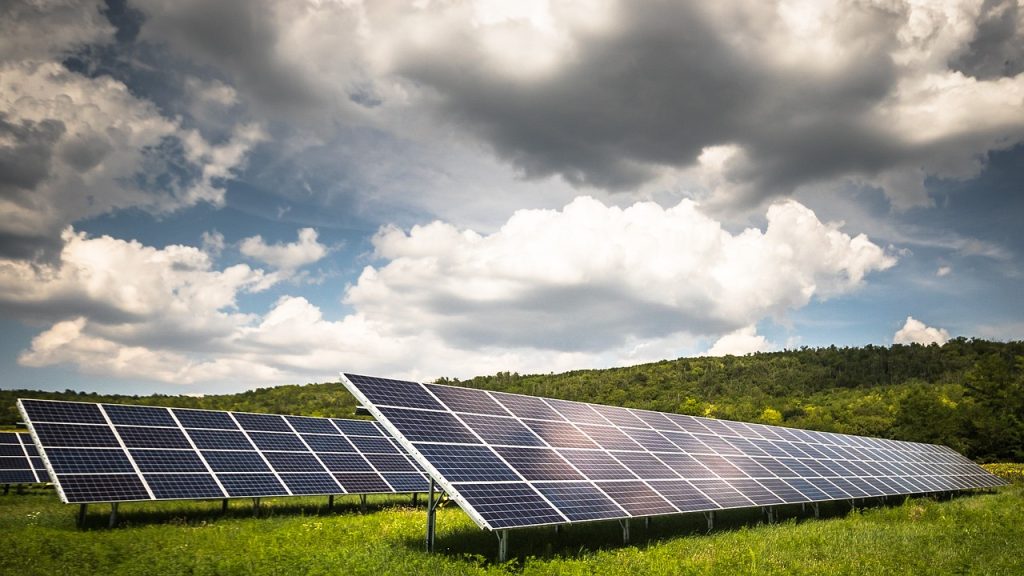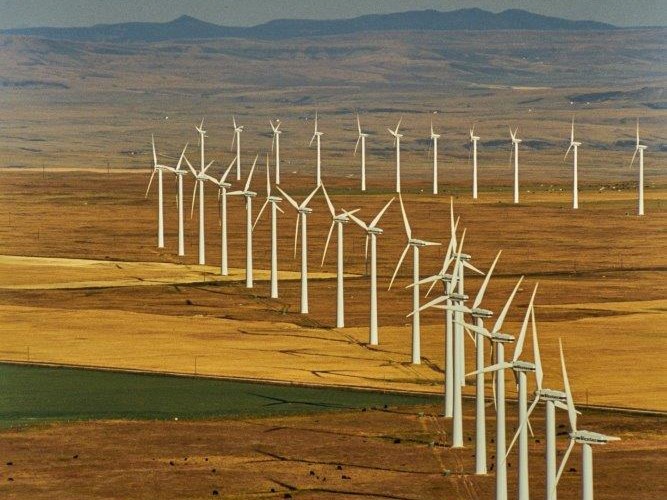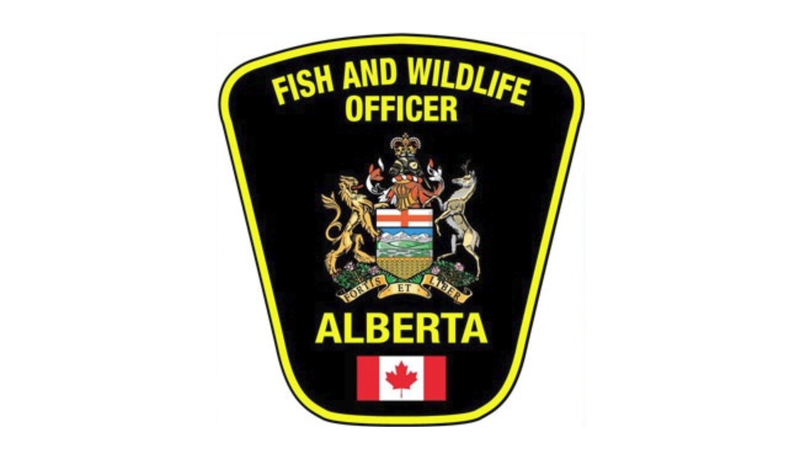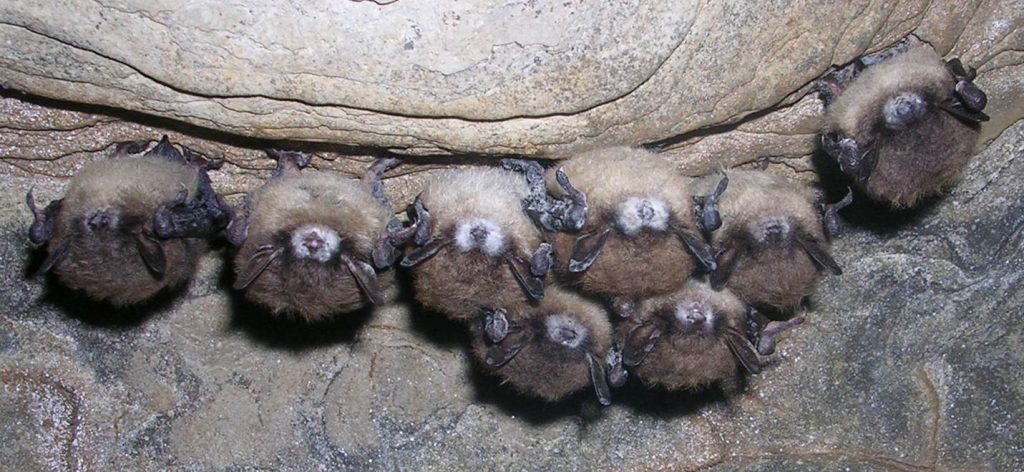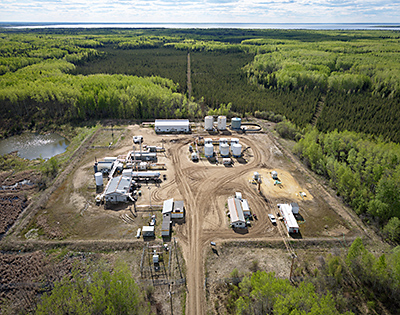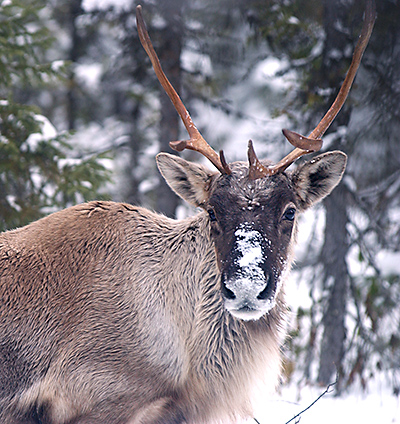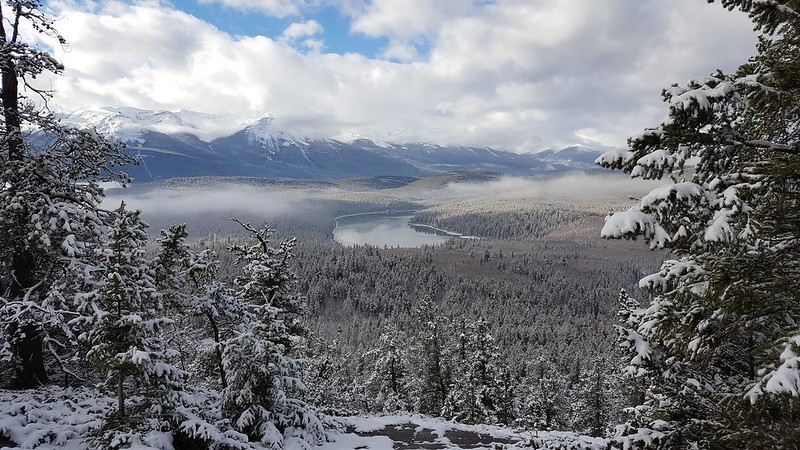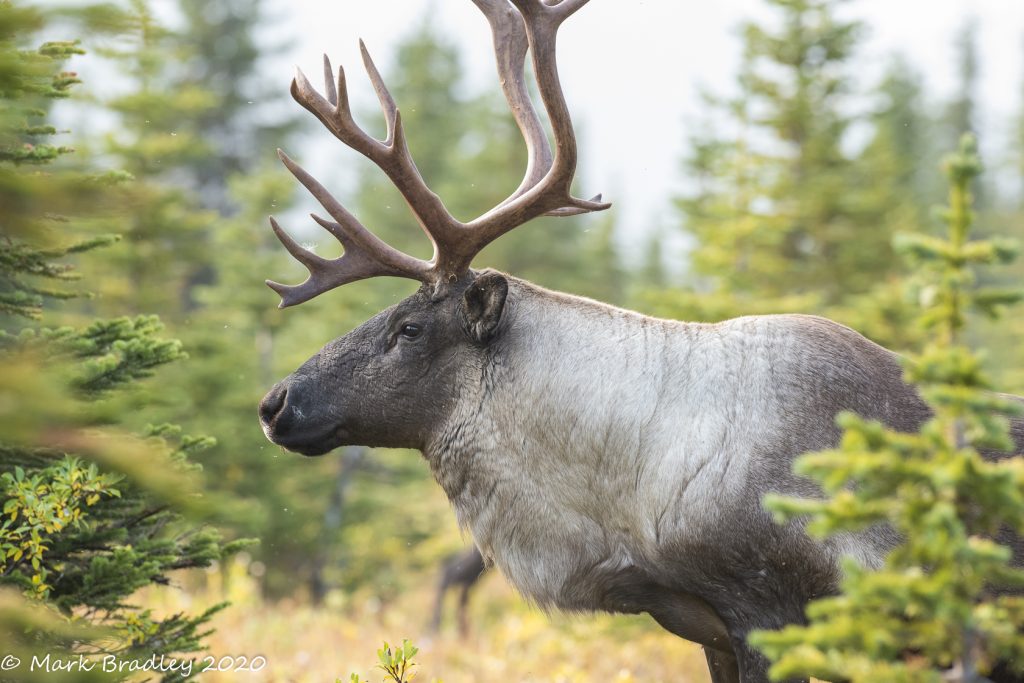Conservation Blog
Don’t Mine McClelland
BY PHILLIP MEINTZER
The McClelland Lake Wetland Complex, dominated by peatlands, and features a beautiful and provincially significant patterned fen, is one of Alberta’s greatest, but also lesser-known natural treasures—one that’s at risk of destruction.
Read MoreCollaborating for Protection: Conservation Easements and the Waldron Ranch Grazing Co-operative
BY FOREST HISEY AND JONAH OLSEN
The Waldron Ranch Grazing Co-operative has entered a partnership with the Nature Conservancy of Canada to protect over 120 km2 north of Pincher Creek using a conservation easement.
Read MoreConservation Trade-offs
BY RICHARD SCHNEIDER
Between a Rock and a Hard Place: Situations where conservation objectives are themselves in conflict are challenging for conservationists to grapple with and lead to divisions within the conservation community.
Does Going Green Put Wildlife in the Red?
BY LORNE FITCH
There is no question we need to transition from fossil fuels to alternate energy sources. It’s hard to find a species in Alberta not affected by climate change. But we shouldn’t be blind to the issues renewable energy solutions can cause to wildlife and their habitats.
Who Is Minding Alberta’s Fish and Wildlife?
BY LORNE FITCH
The task of allocating fish and wildlife has been hived off to Forestry, Parks and Tourism. The fish culture section (all the hatcheries) has been sent to Agriculture and Irrigation, leaving the species at risk function behind in Environment and Protected Areas.
Read MoreDeadly Fungus Adds to Bat Conservation Concerns
BY CORY OLSON
While bats have a remarkable ability to manage energy reserves, only a few can withstand the devastating impacts of white-nose syndrome (WNS), a disease caused by a fungus, Pseudogymnoascus destructans, that grows on bats during hibernation, which will lead to more frequent arousals during the winter, depletion of energy stores, and eventual starvation.
Read MoreHow Do UCP Environmental Policies Stack Up?
BY RICHARD SCHNEIDER
One thing almost all Albertans will agree on is that it’s important to take good care of our environment, both for our own well-being and for the generations that will follow. So how are we doing on the environmental protection front? In this article we will review how past and present governments have sought to balance resource development with environmental protection.
Read MoreThe Long and Winding Road to Caribou Recovery in Alberta
Recorded Presentation
Speaker: Dr. Richard Schneider
Host: Nature Alberta
The High Cost of Freedom
BY RICHARD SCHNEIDER
Premier Danielle Smith’s sovereignty legislation has nothing to do with establishing Alberta’s “rightful” place in Confederation. It is simply a unilateral decision to ignore federal rules the premier doesn’t like. The flaw in Premier Smith’s reasoning is that the rules she is proposing to ignore are not Ottawa’s rules. They are Canadian rules. Most of them involve environmental protection, which is something Albertans value highly.
Read MoreAction for an Icon
BY RICHARD SCHNEIDER
Why do Alberta’s Caribou Keep Declining, and What Can We Do About It?
Despite the woodland caribou’s high profile and the millions of dollars we’ve poured into research, the caribou’s story is one of progressive decline. Here, Richard explores the key challenges that make caribou conservation so difficult and provides an unvarnished perspective on what needs to change.
Read More